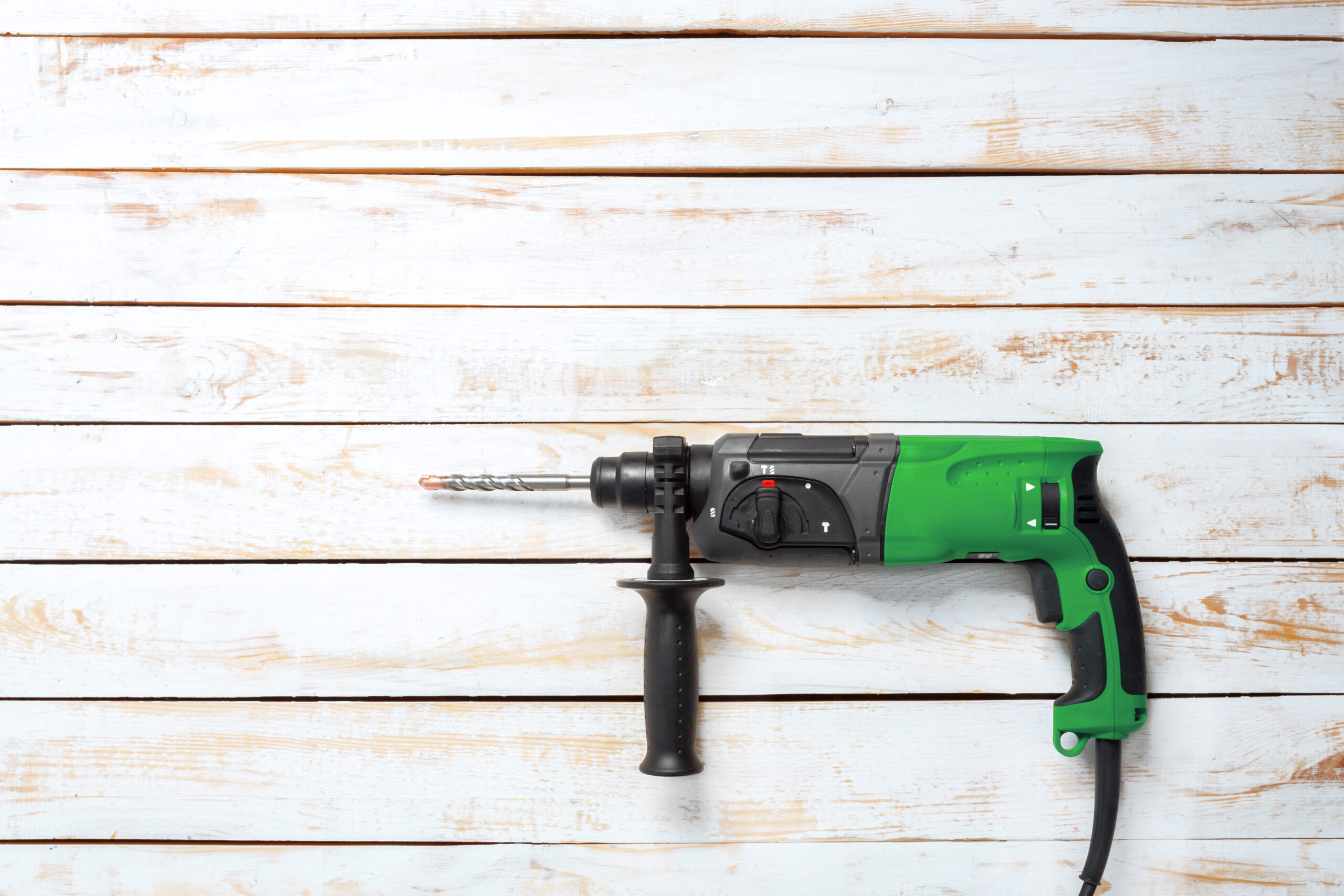When it comes to choosing the right electric bike, one of the most important decisions is choosing between a pedal assist or a throttle power delivery system.
Both systems offer different riding experiences, benefits, and drawbacks — and the best choice depends on your needs, lifestyle, and local regulations.
In this guide, we’ll compare pedal assist vs throttle electric bikes to help you decide which type suits you best.
Let’s get started.
What Is a Throttle Electric Bike?
A throttle-based eBike allows you to engage the motor power without pedalling. Just like a scooter or motorbike, you can twist a grip or press a thumb lever to activate the motor and move forward. This feature is ideal for riders who want full motor assistance on demand or need help starting from a stop.
Throttle electric bikes are especially useful for those with mobility limitations or who prefer a less physically demanding ride. They provide full control over the motor with your hand – no pedalling required. However, they may use more battery and are subject to different laws depending on your location.
In summary, throttle electric bikes give you direct, hand-controlled power without the need to pedal, making them perfect for riders who want a relaxed, effortless experience or need help getting started.
If you’re looking at throttle ebikes, you may want to check out our article on The 5 Best Throttle Electric Bikes.

What Is a Pedal Assist Electric Bike?
Pedal assist, often called PAS (Pedal Assist System), is a key feature on many electric bikes that adds motor power when you pedal. Instead of using a throttle, the bike detects your pedalling input and automatically provides a boost based on the chosen assist level. This allows you to ride further with less effort while still getting some physical activity.
The amount of support varies depending on the assist setting – low levels give a light boost, while higher settings can make hills and headwinds much easier to tackle. Pedal assist is commonly found on eBikes designed for commuters, fitness riders, and anyone who enjoys an intuitive cycling experience that blends manual pedalling with electric help.
To sum up, pedal assist electric bikes enhance your natural cycling motion by providing motor support only when you pedal. This system strikes a balance between exercise and assistance, making it ideal for commuters and fitness enthusiasts who want a more active ride with extended range and better battery efficiency. Pedal assist offers a smooth, intuitive cycling experience and is often the most legally accepted eBike option worldwide.
Key Differences Between Pedal Assist and Throttle Electric Bikes
The main difference between pedal assist and throttle eBikes lies in how the motor is activated. Pedal assist requires rider input through pedalling to engage the motor, whereas throttle eBikes offer power on demand with a twist or button – no pedalling necessary.
Pedal assist offers a more natural riding feel and tends to be more energy efficient, making it a popular choice for commuting and fitness. Throttle bikes, on the other hand, provide effortless acceleration and are better suited to leisure or low-exertion use. The choice often comes down to how much control, effort, and interaction you want during your ride.
Overall, the key difference is how the motor engages: pedal assist requires pedalling input for motor activation, whereas throttle eBikes deliver power independently at your command. This fundamental contrast shapes the riding experience, battery use, and legal status of each type. Choosing between them comes down to how much physical effort you want, your riding goals, and local regulations.

Battery Efficiency and Power Delivery Compared
Pedal assist systems are generally more battery-efficient than throttle systems because the motor only activates while you pedal, sharing the effort. This efficient power delivery extends the range of your eBike and helps preserve battery life, especially on longer rides or hilly terrain.
Throttle use, while convenient, tends to drain the battery faster because the motor does all the work. Power delivery is immediate and independent of pedalling, which can be useful but more energy-intensive. If battery range is a top concern, pedal assist often gives you more miles per charge.
In conclusion, pedal assist systems generally provide greater battery efficiency by sharing the effort between rider and motor, extending the distance you can travel per charge. Throttle eBikes deliver immediate power at any time, but this convenience often comes with faster battery drain. Knowing these differences can help you select an eBike that meets your range needs and riding habits.
Ride Feel: Comfort, Control and User Experience
Pedal assist bikes offer a more traditional cycling experience with added support. Riders maintain full control over their speed and effort, making the ride feel smoother and more responsive. The gradual power boost feels intuitive and helps preserve the rhythm of cycling.
Throttle bikes, by contrast, feel closer to riding a scooter. They deliver instant power at the push of a button or twist of a grip. This creates a different user experience – often more relaxed and less physically engaging. While this can enhance comfort for some, others may prefer the connection and control offered by pedal assist.
Ultimately, pedal assist eBikes offer a natural, smooth cycling feel with responsive motor support that preserves your connection to the ride. Throttle bikes, on the other hand, provide instant, scooter-like power, reducing the physical effort required and offering a different kind of comfort and control. Your preference will depend on whether you want a more active or more relaxed riding style.

Legal Rules for Pedal Assist and Throttle eBikes
Laws for electric bikes differ between countries and even local areas. In the UK and EU, pedal assist eBikes are typically allowed on roads and cycle paths without a licence or insurance – as long as the motor only supports up to 15.5mph (25km/h) and is limited to 250W. Throttle use is more restricted, especially if it provides full power without pedalling.
In the US, regulations vary by state. Class 1 and 2 eBikes (which include pedal assist and limited throttle models) are usually road-legal, while Class 3 or unrestricted throttle bikes may require licensing or be banned from bike paths.
Always check your local laws before buying or riding an eBike of any kind.
If you want some more information on the legality of electric bikes, check out our dedicated article: Are Electric Bikes Road Legal In The UK?
Which Option Is Best for You?
Deciding between pedal assist and throttle electric bikes depends on your personal needs and riding style. If you want a more active ride that still offers support on hills or longer commutes, pedal assist is likely your best fit. It encourages light exercise and tends to offer longer battery life.
If comfort, ease, and minimal effort are your priorities – or if you have mobility concerns – a throttle bike might be the right choice. It gives you power on demand and makes stop-start riding simpler. Think about where you’ll ride, how much effort you want to put in, and what legal restrictions apply in your area before making a final decision.
If you’re still undecided, the infographic in the next section will help to summarise the key differences and recommend which system is best. You could also take a look at our Beginner’s Guide To Electric Bikes for a more general explanation to get you started.

Pedal Assist vs Throttle Electric Bikes: Key Differences Explained
This table summarises the key characteristics of pedal assist and throttle electric ebikes at a glance.
One of the most interesting points is the “Best For” summary. Pedal assist ebike are likely best for commuters or health-conscious riders, while throttle ebikes are better suited for riders with mobility issues or people who enjoy an effortless ride.

FAQs
Pedal assist (often called PAS or pedelec) uses built-in sensors that detect when and how hard you pedal. The controller then adds motor power in proportion to your effort, giving a bicycle-like ride with an adjustable boost. A throttle system works more like a scooter – twist a grip or press a thumb lever and the motor delivers power instantly, even if you are not pedalling. In short, pedal assist supplements your pedalling while a throttle can replace it.
Pedal assist is usually considered better for riders who want some exercise, longer battery range, and a more natural cycling feel. Because you must pedal, it encourages light cardio and provides smoother, more controlled acceleration. Throttle eBikes shine if you need effortless starts on hills, have limited leg strength, or ride in heavy stop-start traffic. Neither system is objectively “best” – the ideal choice depends on your fitness level, commute distance, terrain, and whether throttle use is legal where you live.
Yes. With pedal assist, the motor only supplies part of the effort, so energy draw is lower and the battery lasts longer. Tests show pedal assist can extend range by 20–40 percent compared to riding the same route on throttle power alone. Throttle-only riding forces the motor to do all the work, which increases current draw, heats the battery faster, and can shorten overall range. If maximising distance per charge is a priority, pedal assist is generally more efficient.
Thank you for reading our explanation of pedal assist vs throttle electric bikes.
If you want more information, check out our other articles on Electric Bikes and Scooters.
Feel free to leave a comment below if you have any thoughts or queries that you’d like us to take a look at – we’d be happy to help.





